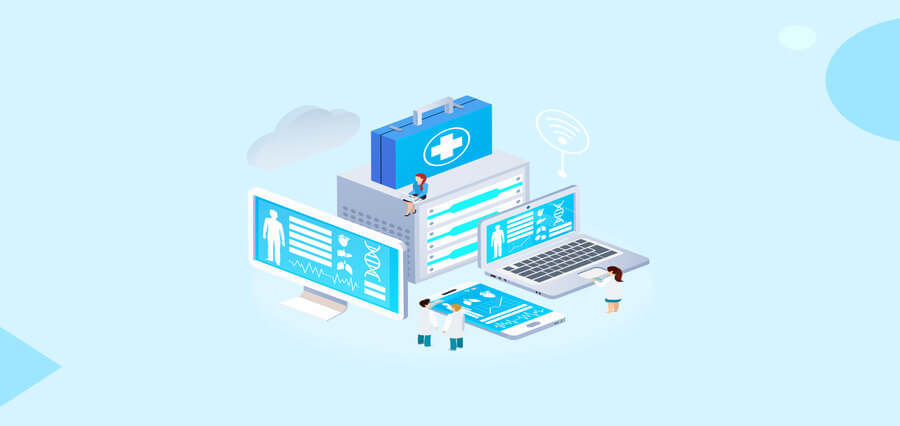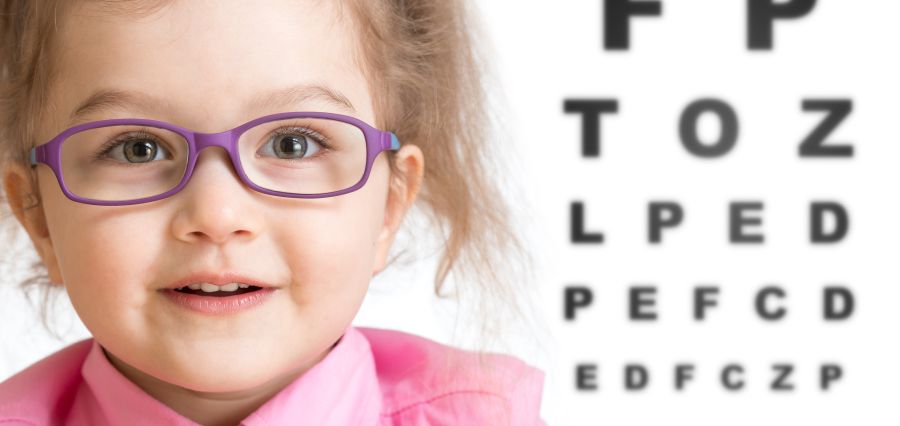The third bubonic plague pandemic from 1855 that lasted till 1960 killed approximately fifteen million people. The first vaccine for the plague was developed in 1897 or forty-two years after the global outbreak of the disease. A bacteriologist, Waldemar Haffkine, developed it.
To date, the COVID-19 pandemic has killed six million people. At the same time, the first COVID-19 vaccine was launched in August 2020 or less than a year. And then in the last two years, more than a dozen COVID-19 vaccines have been developed.
And to date, more than eleven billion doses of these vaccines have been given to more than 58% of the global population. Thus, the healthcare industry proved to be humanity’s central defender from this global pandemic of the coronavirus.
The question here is how come the modern healthcare industry came up with a vaccine to this highly fatal disease in under a year when it took nineteenth-century healthcare forty-two years to develop a vaccine for the plague.
The answer is a simple yet profound one, modern technological revolution. It is not only reshaping the healthcare industry but also paving the way for a safer, more secure, and healthy future.
Following are the innovations which are revamping the health-tech today and tomorrow.
Smart Healthcare on Mobile Devices
Tech is taking healthcare beyond the hospitals, clinics, and laboratories into people’s households. Modern healthcare is mobile, literally. Modern health-conscious individuals can track their own health and nutrition from their own homes.
There are numerous mobile applications or apps which can be used to enter/collect, monitor/track, accessed/given, to offer early detection, diagnosis, and prompt treatment.
Smart devices allow people to personalize their well-being by taking control of their health, nutrition, exercise routine, and lifestyle.
Today, smartphones, smartwatches, and other smart wearables are equipped with in-built sensors to track an individual’s bodily organs, heart rate, blood pressure, etc., and their daily routine.
These smart mobile devices can communicate with other devices to give and take information, making real-time healthcare a modern reality.
Automated Health-Tech
Healthcare nowadays is an automated, intelligent, interconnected, and interlinked ecosystem. Thanks to super-advanced technologies like automation, AI, ML, big data, IoMT, robotics, and cloud computing.
AI and ML enable healthcare givers to identify problems and offer solutions to medical issues on a larger scale and with greater accuracy.
AI is already being used for simulation-driven drug discovery, vaccine development, diagnostics applications and thermal screening.
Similarly, health sensors equipped t-shirts and automated dental care devices for full-mouth toothbrushing are some futuristic examples of AI in healthcare.
ML is used in x-ray reading and algorithm development, allowing oncologists to offer deeper insights into biopsy reads.
They use data patterns formed due to big data collection, management, and accessibility provided by cloud computing via the internet of medical things (IoMT) devices.
While nowadays, robotics is performing more critical operational procedures. Simply the nineteenth and twentieth-century science fiction is the twenty-first century’s reality.
In other words, automated health-tech ensures a streamlined healthcare ecosystem, which takes care of all of its members, including patients.
3D Printing
3D printing has opened up altogether new vistas of healthcare possibilities. From printing artificial tooths, tissues, blood vessels to limbs, surgical drills, and prosthetics, it has recently printed human sperm, giving a new meaning to modern men’s lives.
Ongoing advancement in 3D printing allows for lighter, safer, stronger, and more economical products.
Telehealth
Telehealth is the recent extension of mobile healthcare. These services contain three critical healthcare aspects.
The first is real-time communication, which allows doctors and patients to communicate remotely from anywhere and anytime. This has immensely helped and is still helping millions of people during the pandemic.
The second aspect is information broadcast. Here, in the digital cacophony, crucial knowledge is communicated seamlessly between healthcare givers and the needy.
The third aspect is remote monitoring, wherein healthcare is accessed by people from home and provided by healthcare givers irrespective of the space-time barriers.
Virtual Reality
Besides gaming and entertainment, VR provides many healthcare solutions. It is used in the planning processes of many complex surgical operations. This ensures the actual procedure will be performed smoothly.
The operator can easily visualize patients’ organs, thus preparing for future intricacies, complications, and obstacles.
It is also being used as a tech-anesthetic, assisting in distracting patients who are undergoing painful surgical treatments, where using real anaesthetic would not seem ideal.
It is further used for senior patients to visit their memorable places, virtually boosting their psychological health and wellbeing.
Another use of VR is in providing health education via human body tours to explain the treatments and procedures to the patient and their families. An example could be of brain tumour.





